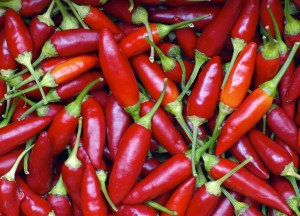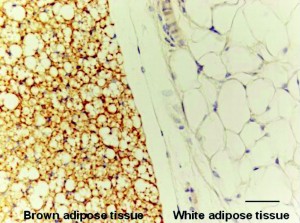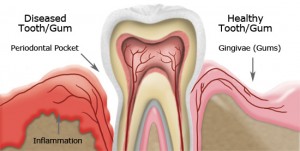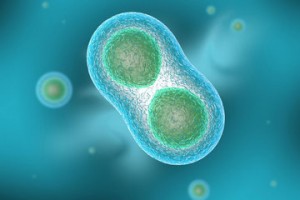When you wake up in the dark at 7:00 am in the morning, you know that winter is here. For me, this is the time of the year when I crave for hot spicy stews every meal. But like most girls, I am afraid of gaining weight from eating so much and constantly find myself on the dilemma of whether to dig in or not. If you find yourself in the same situation as me, here is the good news! Research has found that low temperatures and chili peppers could help burn our body fat!
Researchers from the Hokkaido University of Japan recently found that spending time in cold weather and consuming chili peppers allow a person to burn more energy because low temperature and the chemicals in chili peppers seem to stimulate and increase the activity of brown fat cells.
There are two types of fat in our body, namely the brown adipose tissue and the white adipose tissue. While brown fat cells burn off energy, white fat cells store energy and are responsible for making some people fat. Brown fat cells appear red-brown because they contain many mitochondria, which produce a large amount of energy in the form of ATP. And white fat cells appear white, or pale, under the microscope. Below is a clip which I found very clear on explaining the differences between the two different fats.

In the Japanese study, eight subjects with little brown fat tissue were recruited and exposed to a low temperature of 17 °C for two hours daily for six weeks. Comparing with the control participants who went about their normal lives during the experiment, the study found that the eight subjects who were exposed to low temperature had an average of 5% less body fat and less white fat cells. They also burned on average more energy than those in the control group.
In addition, the researchers studied people who ate chili peppers, which contain capsinoids, or substances that give chili peppers the hot taste. It was also found the participants burned more energy than the control group when exposed to cold. This result was consistent with a previous study which found that Ingesting capsinoids increased the levels of fat breakdown in our body, showing that capsinoid plays a pivotal role in fat reduction in mildly obese individuals.
Even though the reduction of white adipose tissue from cold exposure was somewhat expected, it was not expected that capsinoid in chili pepper would have an impact on energy and fat metabolism. The researchers concluded the study by stating that “capsinoids appear to [simulate] brown fat in the same way as cold, by ‘capturing’ the same cellular system that the body’s nervous system uses to increase heat production.”
While chemicals like capsinoids, which stimulate brown fat cells, demonstrate potential application in obesity treatments in the future, it is comforting to know that eating a bit more hot spicy stew than normal will not have a significant impact weight for now!
– By Connie (Kangchi) Lee
References:









